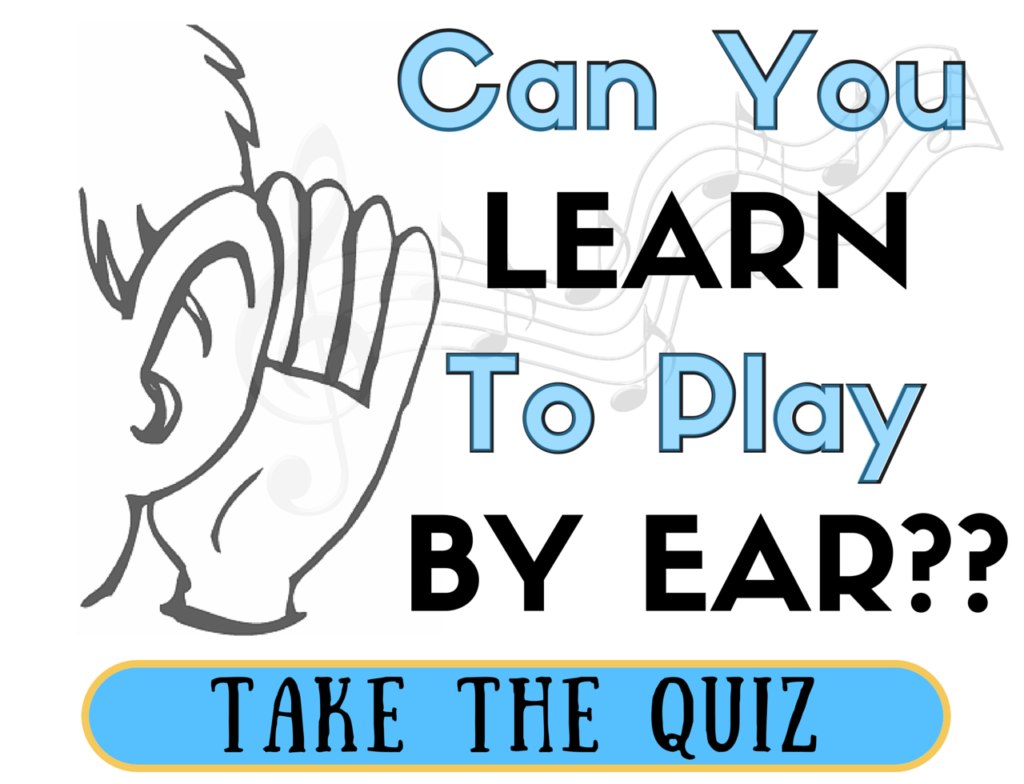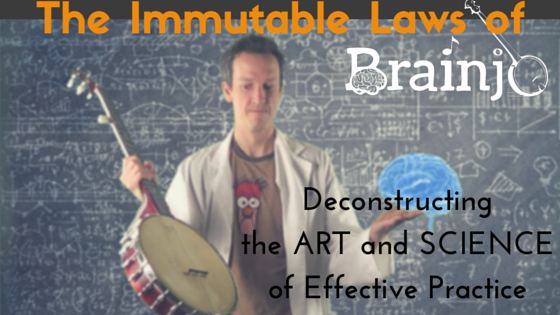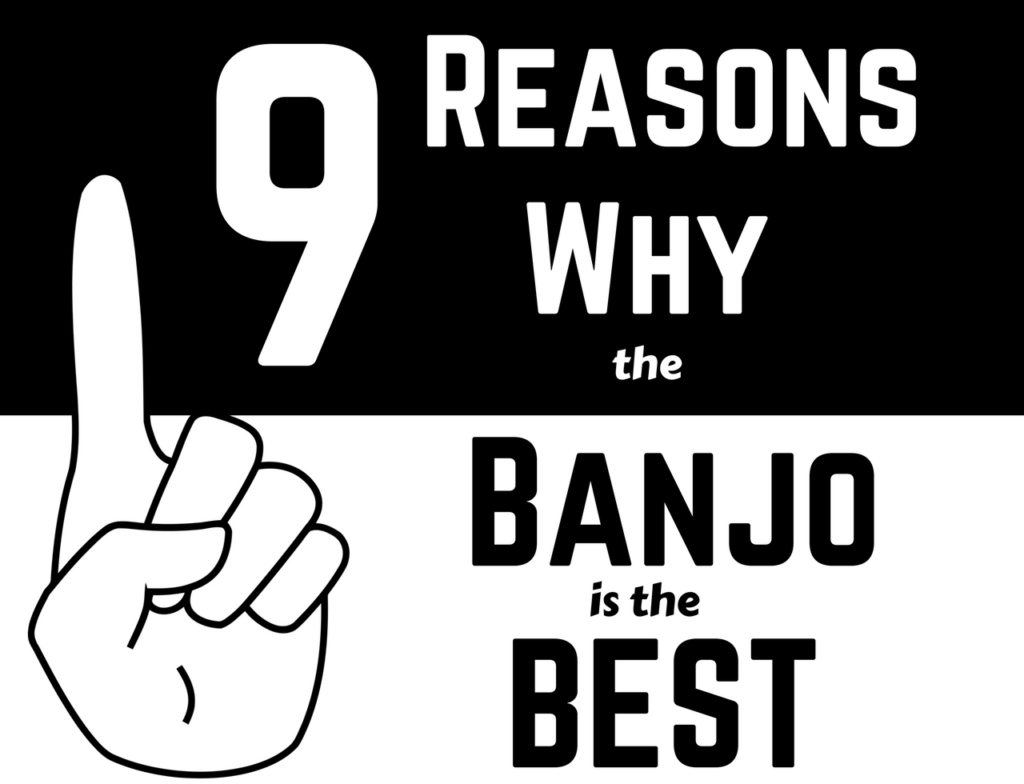
by Josh Turknett, MD
To those who do it, playing by ear may seem as effortless as breathing. To those who don’t, the prospect may seem as far off as the Andromeda Galaxy. To many folks, the ability to play by ear is seen as a natural gift. And if you weren’t born with the gift, then you’re stuck with learning by tab or notation.
This, of course, is nonsense.
TEST YOUR EARS
Want to find out if you have what it takes to learn to play by ear?
Click here to take the “Can you play by ear?” quiz
Our Extraordinary Ears
Let’s start with a brief overview of how our ear, or more specifically, our auditory system, accomplishes its primary task of transforming vibrations of air molecules into a rich and detailed sonic experience. To begin with, all sound starts as a wave of air pressure set in motion by the vibration of a physical object.
Once that vibrating air reaches our head, it bounces around the cartilaginous folds of the pinna (the part of the ear you can see), where it is concentrated and then funneled into the dark tunnel of the external ear. Once they reach the end of that tunnel, the air molecules bounce up against the tiny tympanic membrane, also known as the “eardrum.” Deflections of the eardrum are then transmitted and amplified by way of three tiny bones that make up the middle ear.
The last of these bones, the stapes, transmits these vibrations to an even tinier membrane known as the “oval window.” On the other side of the oval window lies the cochlea, a snail-shaped chamber filled with fluid and lined with hair-like projections known as stereocilia. Vibrations of the oval window generate a fluid wave inside the cochlea, displacing the stereocilia and triggering the firing of a neuron—this is the moment when those vibrations of air are finally transformed into neural code. That neural signal is then relayed through the base of the brain and into the auditory cortex, where it is parsed, distributed, and analyzed, the end result of which is your sonic experience of the world around you.
To help you fully appreciate this analytical feat, imagine yourself sitting in your living room listening to one of your favorite bluegrass albums. With virtually no conscious effort, you can easily distinguish the sound of the banjo, guitar, mandolin, and singer.
If your significant other speaks to you while the music is on, you have no difficulty identifying his or her voice, and you have no trouble distinguishing it as separate from the music. Meanwhile, all those extraneous environmental noises you’re not particularly interested in at the moment are automatically filtered out as “background.” If pressed, however, you could almost surely determine their source and location.
Yet, as you’ve just learned, all of this sonic information is transferred from the world to inside our cranium by the beating of air molecules against the tympanic membrane. Incredibly, this exquisitely detailed, information-rich sonic landscape is created by the brain from nothing more than the deflections of a drum less than a centimeter in diameter.
The Process Demystified
Let’s now contrast what our auditory system does during the course of its normal operation with what it must do when you play the banjo (or any instrument) by ear. In a nutshell, here’s the basic procedure for playing by ear:
Step 1: Hear a pitch in your head (i.e. in “mental space”)
Step 2: Match it to a pitch that comes from your banjo (i.e. in “physical space”).
Musical pitches are vibrations of air molecules that oscillate at regular intervals (or “frequencies”). Compared to the irregular vibrations that comprise most of our sonic environment—sounds that we decode with ease—musical pitches are much simpler. From the standpoint of complexity alone, then, the cognitive procedure required to decode everyday sounds is more sophisticated than what’s required to match pitches in physical and mental space.
Now, guess what? If you sing, you’ve already demonstrated that you are capable of performing the basic cognitive procedure for playing by ear. You’ve demonstrated that you can match a pitch that exists in mental space to one in physical space. The only difference in the case of singing is that the pitch is generated by the vibration of the vocal cords instead of a plucked banjo string.
I can hear some of you now exclaiming in hopeless resignation “I can’t carry a tune to save my life!” If so, I have good news: the very fact that you know you can’t carry a tune with your voice means that you have an ear capable of discriminating differences in pitches!
After all, how else would you know you couldn’t carry a tune if you were unable to determine that the note you sing doesn’t always match the desired note in your head? Your problem is not that you can’t hear differences between pitches, it’s that you haven’t fully developed the ability to adjust your vocal cords so that they vibrate at the desired frequency. Not to worry, though, because when you play the banjo, this part of the process is taken care of for you (provided your banjo is in tune!).
So we’ve established that your ear and brain, in the course of normal operation, already accomplish auditory processing feats more advanced than playing music by ear. And we’ve established that a great many of you (both singers and those who know they can’t sing!) have already demonstrated that you possess the tools required to play by ear. Is there anyone out there who is truly incapable of playing by ear?
Congenital Amusia
Congenital amusia, commonly known as “tone deafness,” is the inability to discriminate between musical pitches. Like color blind males whose brains are incapable of distinguishing different wavelengths of light (typically those in the red-green spectrum), those with congenital amusia cannot tell the difference between certain frequencies of sound waves.
These are the only folks who can make a legitimate claim to not being able to play by ear. But just how common is tone deafness, particularly out there in Banjo Hangout land?
Congenital amusia runs in families, an observation that indicates it is at least in part genetic in origin (in fact, the very presence of such a genetic condition supports the idea that we are hard-wired to discriminate pitches). The uppermost estimate of the prevalence of congenital amusia in the general population is 4%, though some experts argue that the actual number is much lower than that.
Yet, even at 4%, the odds are heavily stacked in your favor. Moreover, most folks with congenital amusia don’t find music particularly enjoyable, and so aren’t likely to take up an instrument or subscribe to banjo-related periodicals. Thus, the percentage of folks who are both learning to play banjo and tone deaf is likely much, much smaller than the estimated 4%.
If we put all of this together, we find the odds that anyone reading this article right now suffers from congenital amusia and thus is incapable of playing the banjo by ear are astronomically low. But, if in spite of the preceding discussion you still doubt your capacity to learn music by ear, I’ve created a short and simple banjo-centric test you can take to determine if you have what it takes. Just go to clawhammerbanjo.net/earquiz and follow the instructions.
Permission to Try
Contrary to what many may believe, playing by ear is not a natural gift. It is a learned skill. Sadly, it’s a skill many never even try to learn, thanks in no small part to the natural gift myth. But, rest assured, with rare exception it’s a skill that anyone can develop through hard work and practice.
In the next installment in this series, I’ll talk about why that hard work and practice is worth the effort.
— Click here to read Part 2 —
To learn more about the Breakthrough Banjo courses for clawhammer and fingerstyle banjo, click the relevant link below:
— Breakthrough Banjo for CLAWHAMMER Banjo —
— Breakthrough Banjo for FINGERSTYLE Banjo —
— The Laws of Brainjo Table of Contents —
View the Brainjo Course Catalog



 I recently had the pleasure of being interviewed on Jonathan Levi’s
I recently had the pleasure of being interviewed on Jonathan Levi’s 